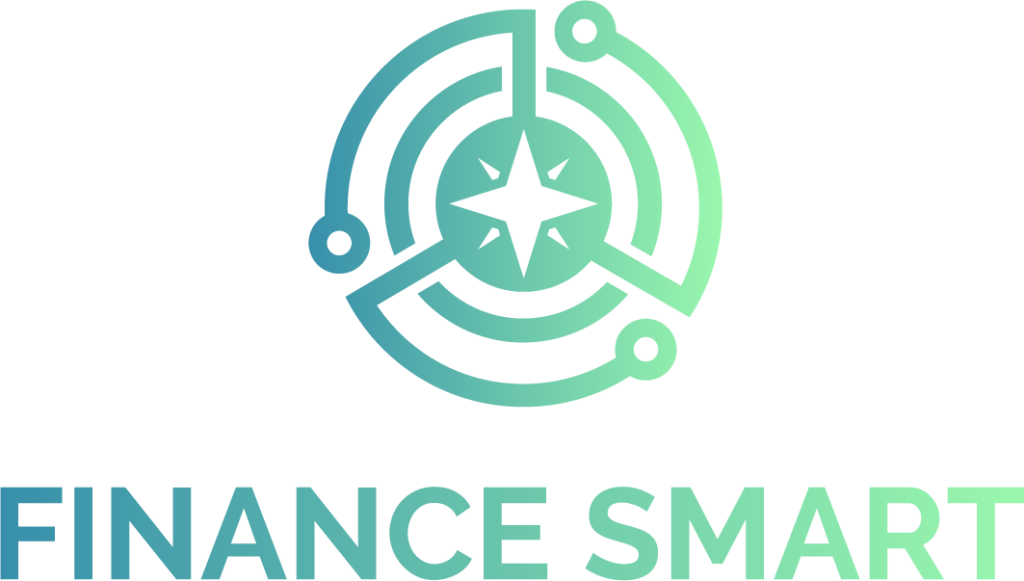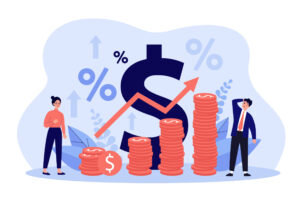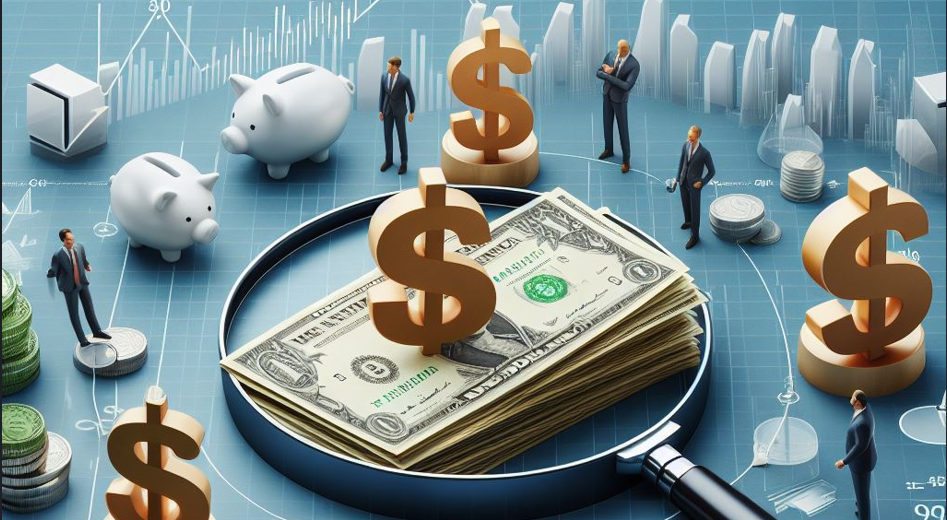Understanding the costs associated with borrowing money, including interest rates and APR, is extremely important. Although they are often used interchangeably, they actually represent different aspects of the cost of borrowing money. This article will explain the difference between them, why the APR is usually higher, and how to calculate both.
1. What is interest rate?
Interest is the amount of money the borrower must pay to the lender based on the loan amount. It is expressed as a percentage of the total loan amount and is usually calculated annually. For example, if you borrow 10,000,000 VND with an interest rate of 5%/year, you must pay 500,000 VND.
2. How is interest calculated?
Interest rates are determined by the lender based on many different factors. Common factors include the level of risk the lender perceives in the borrower, current market interest rates, the borrower's credit score and credit history, and the loan amount. The loan term, or the amount of time the borrower will have to repay the loan, is also taken into account when calculating the interest rate.
3. What is APR?
APR stands for Annual Percentage Rate and represents the total cost of borrowing money over a year, including interest and any related fees or charges. Unlike interest rates, which only show the cost of borrowing money, APR gives a picture of the total cost of the loan. To better understand APR, let's look at the following example:
Let's say you want to take out a personal loan from a bank. The bank claims that the annual interest rate on your loan is 5%.
However, to calculate the actual total cost of the loan, you need to consider both the interest rate and additional fees the bank may impose.
If the bank charges 1% for loan processing and approval, then the total interest rate and fees will be calculated as follows.
APR = Annual Interest Rate + Other Fees.
=6%
So in this case, the APR is 6%. This also explains why the APR is higher than the interest rate.
4.How is APR calculated?
APR is calculated by taking the interest rate and adding any fees associated with the loan, such as origination fees, closing costs, and other fees. By including all of these costs, the APR provides a more accurate picture of the total cost of the loan.
In short, understanding the costs associated with a personal loan, including interest rates and APR, is critical to making informed financial decisions. While interest rate As an important factor, it is essential to consider the APR, which provides a more comprehensive view of the loan cost. By understanding the difference between interest rate and APR, knowing how to calculate interest rate and APR, and comparing offers from multiple lenders, you can find the best loan option for your specific needs and budget. mine.




















